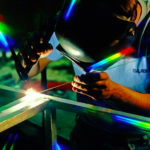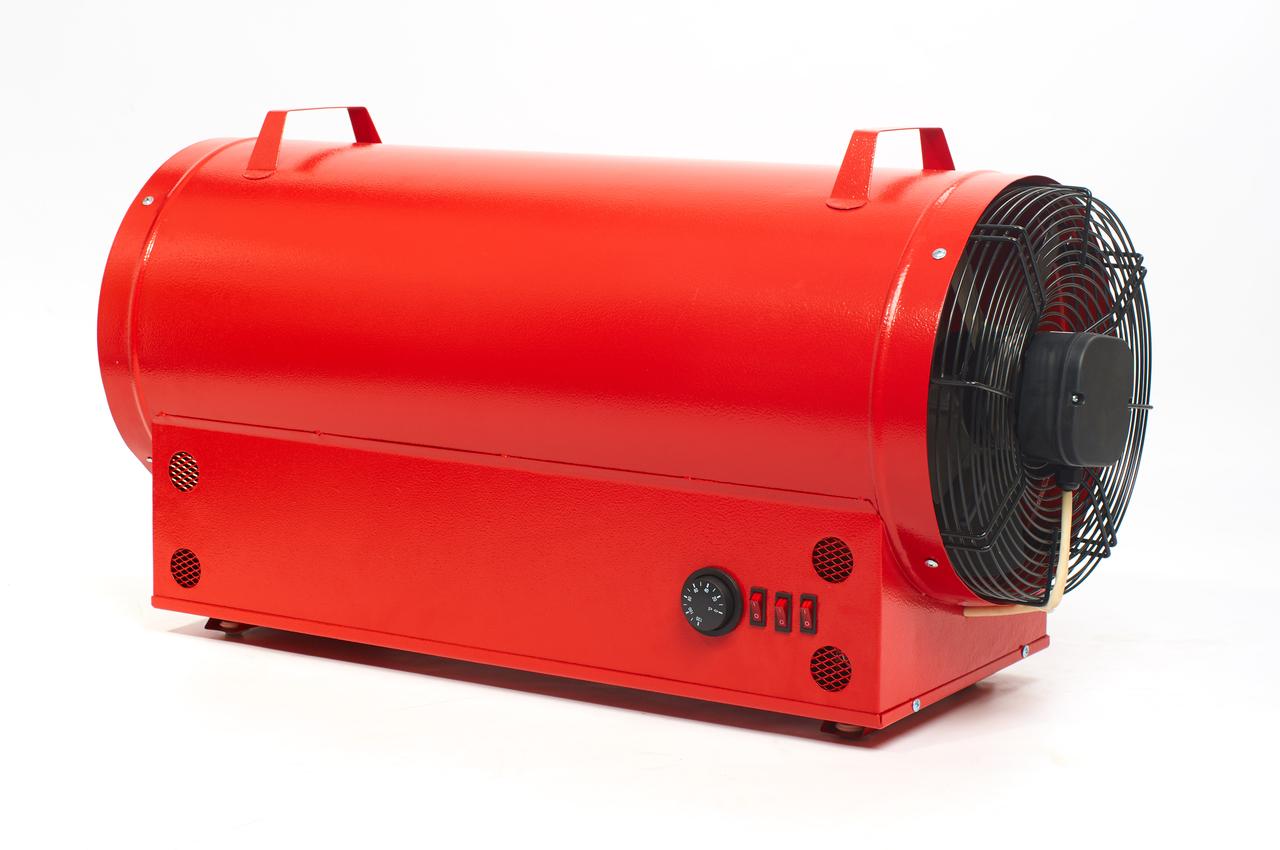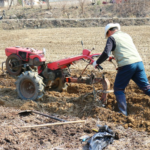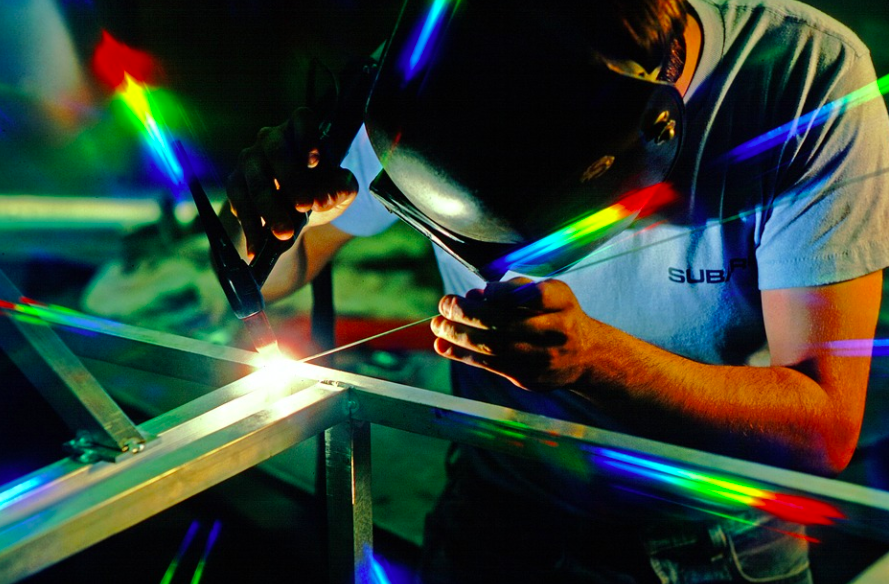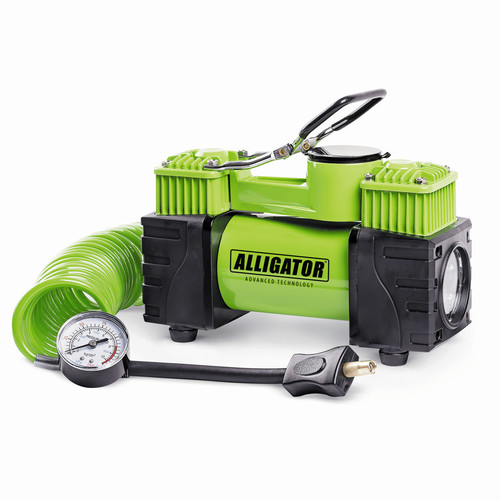Welding machines: types, types, varieties
Welding machine is a mechanism, device, tool for reliable connection of metals by heating/melting them using an electric arc.
The welding machine is used in production, industry, repair, construction, and households. If you have not dealt with welding machines before, then this article is for you.
Below we will analyze what PV is in welding, what welding modes there are, how they differ, what types of welding machines exist, the operating principle of different types of welding, how different types of welding machines differ.
The content of the article
What is PV?
PV – duration of switching on. This is an indicator that is measured as a percentage and determines how long the welding machine can operate. Let's look at an example:
You bought welding with 50% duty cycle. This means that in a conventional 10 minutes the device will cook/work for 5 minutes and rest/cool for 5 minutes.
For industrial welding machines, the on-time indicator can reach up to 100% - continuous operation. Household models can go up to 70%.
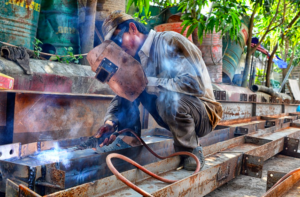
Welding modes
There are four welding modes:
- MMA
- TIG
- MIG
- MAG
The first welding mode is normal welding, an electrode is used, there is an arc. The most popular welding mode is most often found in inverter welding machines.
TIG is the same welding mode with an electrode from an arc, but in gas. That is, an inert gas is supplied to the handle with the electrode through a hose, which does not allow the gas to oxidize.
MIGs are used in semi-automatics. Welding occurs by melting the steel/copper wire due to the high current. A shielding gas (argon, carbon dioxide) is supplied to the molten wire; it prevents the metal from oxidizing and protects the system from debris and interference. MAG is also used in inverter semi-automatic machines. MAG differs from MIG in that it does not use shielding gas, that is, it simply welds the metal with a wire through which a high current is supplied.
What types of welding machines are there?
There are four main types of welding machines:
- Transformer welding.
- Rectifiers.
- Inverter welding.
- Semi-automatic devices.
- Plasma cutters.
- Spotter – devices for spot welding.
You can also select universal welding machines. They operate in all modes and are suitable for welding ferrous, non-ferrous and thin sheet metals. Universal ones also have a rectifier to convert alternating current to direct current.
Let's look at each type separately.
Welding transformers
This is a basic type of welding using electrodes. The transformer is supplied with electricity from the network. When it passes through the transformer, the voltage decreases and the current increases. Electricity here is supplied intermittently. Because of this and the low level of protection, transformer welding machines are not popular.
Welding straighteners
Essentially, these are the same transformers. The voltage of electricity from the network decreases, the current increases, but in addition it passes through a rectifier made of transistors. This is how rectifiers produce direct current.Electrodes are also used for welding, but it is also possible to use wire.
Inverter welding machines
Inverter welding is equipped with automatic control, a transformer for changing voltage, and rectifiers for generating direct current. Inverters have the highest power rating, they are compact and weigh little. The main operating mode of inverters is MMA, but there are models that operate in several modes. They cook with electrodes. The type and diameter of the electrode is not important. Inverters are universal, and therefore the most popular among all types of welding.
They are equipped with additional protection against unstable voltage and short circuit. Unlike transformers and rectifiers, their arc is constant and stable. Due to their small size and light weight, they are easy to transport.
The disadvantage of inverters is poor protection from dust and moisture. Most models are poorly protected from dusty or humid air, so do not use inverter welders in dusty areas/those with relative humidity above 85%.
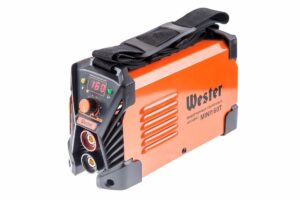
Inverter semi-automatic machines for car repairs
Most often, when repairing a car body, semi-automatic welding is used. Semi-automatic machines can be with a transformer, rectifier or inverter. Inverter models are more convenient and popular. Semi-automatic machines are welded with wire. The wire can be steel, aluminum or stainless steel. Steel is used only for ferrous metals. The diameter of the wire varies depending on the type, but ranges from 0.5-2 millimeters, so semi-automatic welding produces a thin and even trace.
To use semi-automatic devices, you need a cylinder with protective gas. Argon or carbon dioxide is used.Argon is only for welding aluminum workpieces, carbon dioxide is for steel and iron. Why do you need gas in a semi-automatic machine? The gas protects the welded metal from oxidation upon contact with air. The operating mode using shielding gas is called MIG, without shielding gas – MAG. The first does not care about the thickness of the material, the second is effective when welding ferrous metals.
In semi-automatic machines, everything is regulated - gas supply, current strength, voltage, wire feed. Universal semi-automatic machines can even weld aluminum billets. The main advantage of semi-automatic machines is the quality of the seams; they are thin, smooth and durable. Another advantage is the mode of operation with protective gas - it does not allow the material to oxidize, so thin-sheet metals can be welded using an inverter semi-automatic machine.
Plasma cutters
Plasma cutters can cut and weld metals of different thicknesses. To do this they use air. Ordinary air from the atmosphere is sucked in, passes through the device and enters the plasmatron - the working part, the burner. There, the air is heated by an electric arc generated by a plasma cutter. The air becomes so hot that it turns into plasma. Its temperature reaches 30,000 degrees or higher in professional plasma cutters. Because of this, the plasma cutter can easily cut any metal. Household models (power up to 90 Amps inclusive) can cut three-centimeter metal. The power of professional plasma cutters reaches 170 Amps; they can cut five-centimeter metal.
When choosing a plasma cutter, pay attention to its duty cycle (on duration) and cutting speed.
Spotters for fixing dents
Spotters are specialized devices for welding thin sheet metal of cars and repairing body parts.Spotters are a system consisting of a power source, connecting cables, a rectifier, a working handle/gun, and a power button. Additionally, spotters have attachments - a reverse hammer.
It works the same as a regular inverter, but is used for different purposes. A circuit is created from the material being welded through the ground, welding cables, power source to the working part. A nozzle/tip/reverse hammer is put into the working part. To use the device, you need to apply a short but powerful pulse, then the tip of the handle is welded to the dent in the body. Pull the handle to remove the dent.

